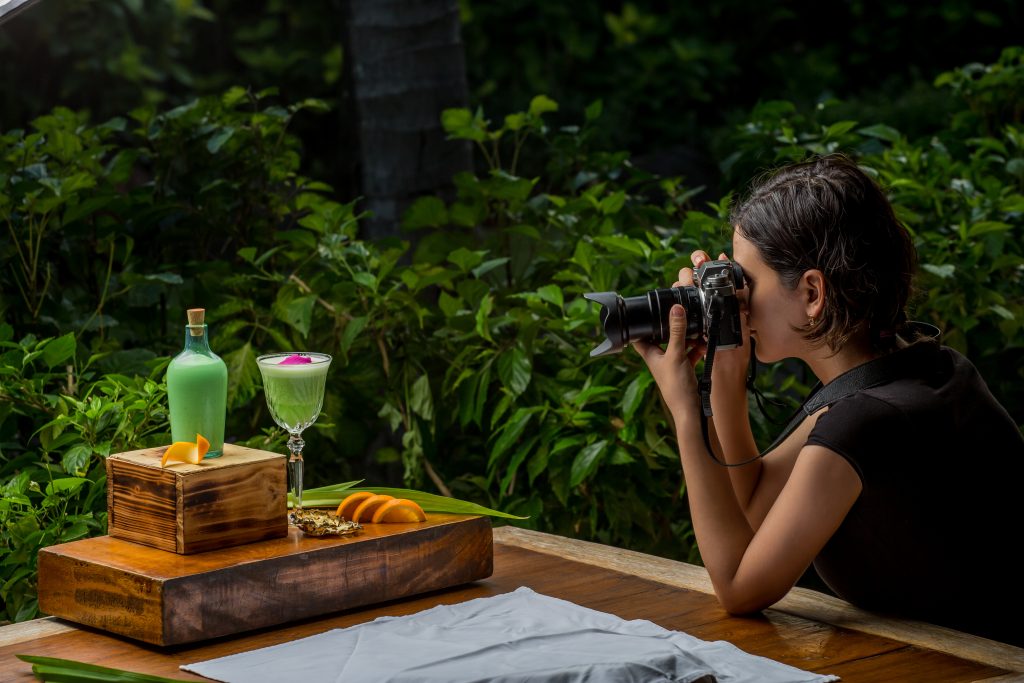If you’ve been taking photos for a while, you’ve probably noticed that when there’s plenty of light around, your images are sharp and blur-free. This restricts you to shooting only in daylight or when spaces are seriously lit up unless you introduce flash photography into your repertoire.
If you think it’s time for you to learn how to use flash photography, read on as we light the way.
When do I need to use a flash?
In some dim conditions, you may have your shutter speed set slow, your aperture wide open, and ISO set high with the intention of capturing all the detail in the shot. But, these settings result in blurry, grainy images. Flash photography, in this instance, would be a brilliant solution.
Balance flash with ambient light when a strong light source is behind your subject. For example, if the sun is positioned behind your subject, use the flash to illuminate their face and prevent a silhouetted subject. This technique is known as fill flash, and really, a flash is a must-have for portrait photography.
When should I not use a flash?
For most outdoor landscape shots, whether it’s day or night, a flash is unnecessary. Long exposures without flash are great for nightscapes, but keep in mind that a tripod should be used to avoid blur. In candid settings, churches, and other sacred spaces, flash photography should not be used. For distant subjects too, like a concert or sporting event, a flash won’t do much when trying to capture the action.
Different types of flash
Depending on the camera you like to use and the shots you like to take, there are different types of flashes for various flash photography needs.
- Built-in or pop-up flashes. Good for casual use or fill flash, most cameras come with a built-in flash of some sort. This is a good option for a camera flash for beginners to learn with.
- Hot-shoe-mounted flashguns. This type of flash offers advanced functionality for various techniques, such as bounce flash. Compared to studio lighting, flashguns or speed lights are more compact and travel-friendly. Your camera will need to have a hot shoe flash mount.
- Studio lighting. This equipment includes larger flash heads that are compatible with various flash accessories, such as reflectors, umbrellas, and more.
Flash photography techniques to master
Mastering photography techniques makes way for more creative opportunities and equips you to get the shot you’re envisaging. When it comes to flash photography, there are a few techniques you’ll want under your belt.
- Bounce Flash. Bounce flash uses a speedlight to flash onto a surface such as a wall or a ceiling so that it hits this surface before falling on your subject. The result is a softer and more natural light with fewer shadows. Speedlight wireless triggers are available for you to trigger your digital camera and flash from a distance. In fact, wireless triggers for off-camera flashes are great for timed photos.
- Direct Flash. Quite simply, this means you point your flash straight at your subject and fire. The result is a dramatic and heavily shadowed look that’s popular in fashion photography, as it helps to achieve a lo-fi look.
- Fill light. Fill light involves balancing your flash output with ambient lighting. This will require a less powerful flash burst and longer shutter speed, and the result will be a much more natural, subtle look.
- Multiple flash setups. This can be achieved by using multiple speedlights but is more commonly achieved with a few studio flash heads. By using a second and even third flash, you have options to illuminate your subject from different angles or minimise harsh lighting using additional lights to reduce shadows.
Once you’re confident with multiple flash setups and you know how to adjust camera settings for studio flash photography, your options for still life and portraiture are pretty much endless.
Flash photography things to keep in mind
To help you have a better flash experience, there are a few more key points you’ll want to consider with every shot.
- TTL flash vs manual. TTL is like auto mode for your flash. Your flash will take a reading and then fire based on what it thinks is best. Manual flash involves you deciding on the best power output for your shot. The choice is yours, but having more manual control can result in better images.
- White balance. Each type of light has a different colour temperature. Therefore, mastering the white balance setting of your camera can be a great way to get perfect colours, every time. To be precise, play around with your settings and keep track of your results.
- Hard vs soft lighting. Having an understanding of the different types of lighting can help you identify which tools and techniques you should use. Hard light has a drastic contrast, soft light gradually shifts between highlights and shadows, and diffused light is soft without reflective qualities.
Browse all things flash photography at Ted’s Cameras and discover your bright new photography possibilities.

